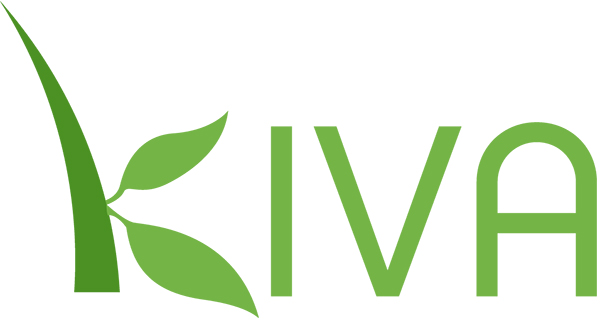Kiva.org, a not-for-profit organisation that’s been matching micro-lenders with low-income borrowers since 2005, has announced it’s passed the one million borrowers mark. The total value of the crowdfunded loans, which have been spread across 65 countries mostly in the developing world, is $400 million, Kiva said today. The loans typically back individual economic activity to help alleviate poverty through support for entrepreneurial ventures in places where other sources of funding are hard to come by. It also supports loans for educational purposes, such as to pay tuition fees.
Kiva’s community of lenders is also approaching the one million mark, with some 900,000 lenders now on its books. These lenders are crowdfunding more than $1.5 million in loans per week — a considerable hike up from the just under $500,000 lent by Kiva’s platform in its first year of operation.
Kiva said the repayment rate for loans via its platform is 98.9%. Once loans are repaid, lenders are able to keep relending their money again and again if they wish, or withdraw it from the system if they prefer.
“This has been an amazing journey over the last seven years,” said Matt Flannery, Kiva Co-founder and CEO, in a statement. “I want to thank the one million borrowers who have proven to the world that it was worth taking a chance on them. You have made Kiva possible.”
“Fundamentally, Kiva is about recognizing and supporting the potential that each person has whether they live across the street or across the world,” added Premal Shah, Kiva Co-founder and President, in a statement. “When we recognize and act on the potential in ourselves and others, as lenders or borrowers, powerful things can happen.”
According to a new study by Oxford University, reported in yesterday’s Guardian, a total of 1.6 billion people are living in “multidimensional” poverty in 2013 but some of the poorest people in the world are becoming “significantly less poor”, with marked poverty-reduction in nations including Rwanda, Nepal and Bangladesh, as well as Ghana, Tanzania, Cambodia and Bolivia. The study uses 10 indicators to create a poverty index measure — namely: nutrition, child mortality, years of schooling and attendance, cooking fuel, water, sanitation, electricity assets and a covered floor.
The study found that the poorest one billion people live in 100 countries, most in South Asia — with India home to close to half (40%) of them, followed by sub-Saharan Africa with a third (33%). It also found that close to a tenth (9.5%) of the bottom billion poor people live in developed, upper middle-income countries.
